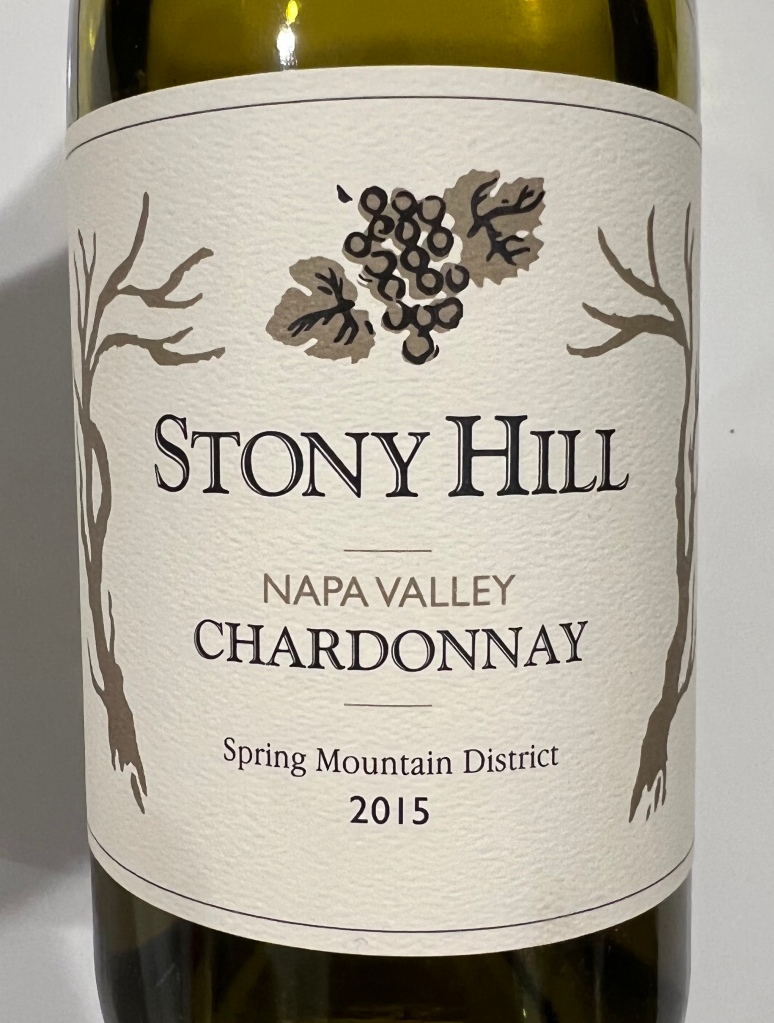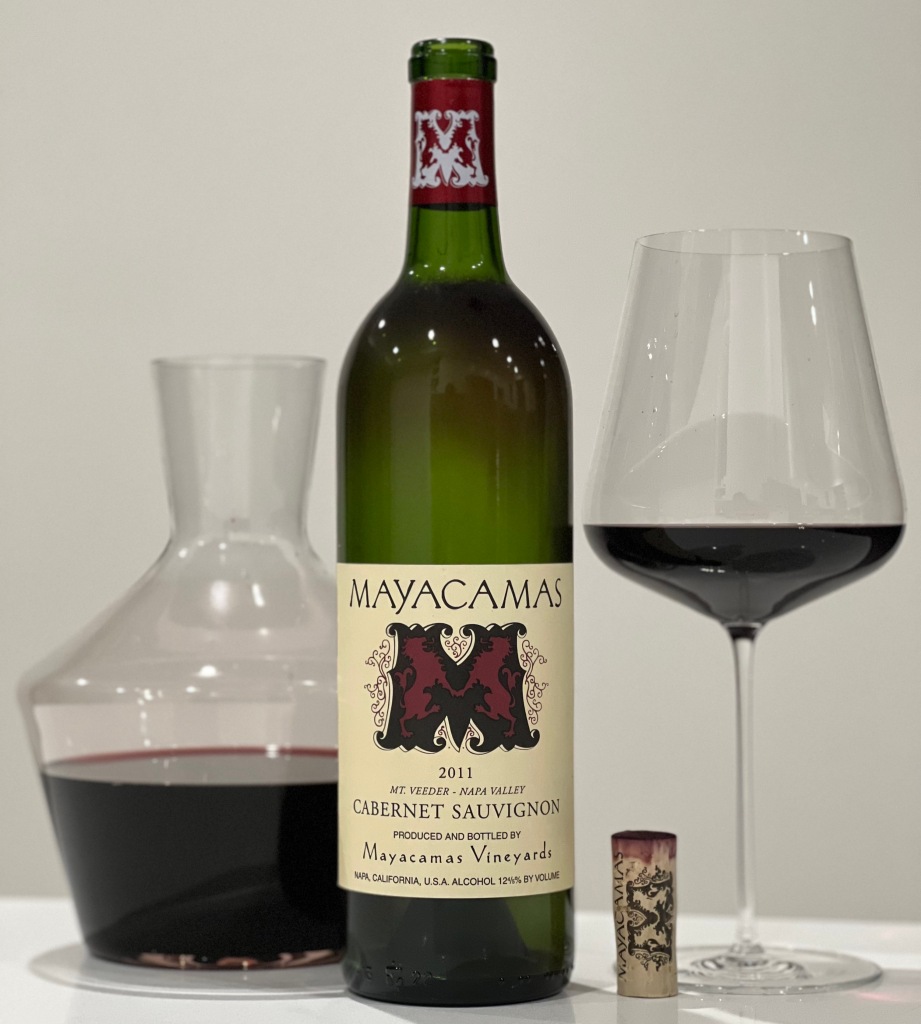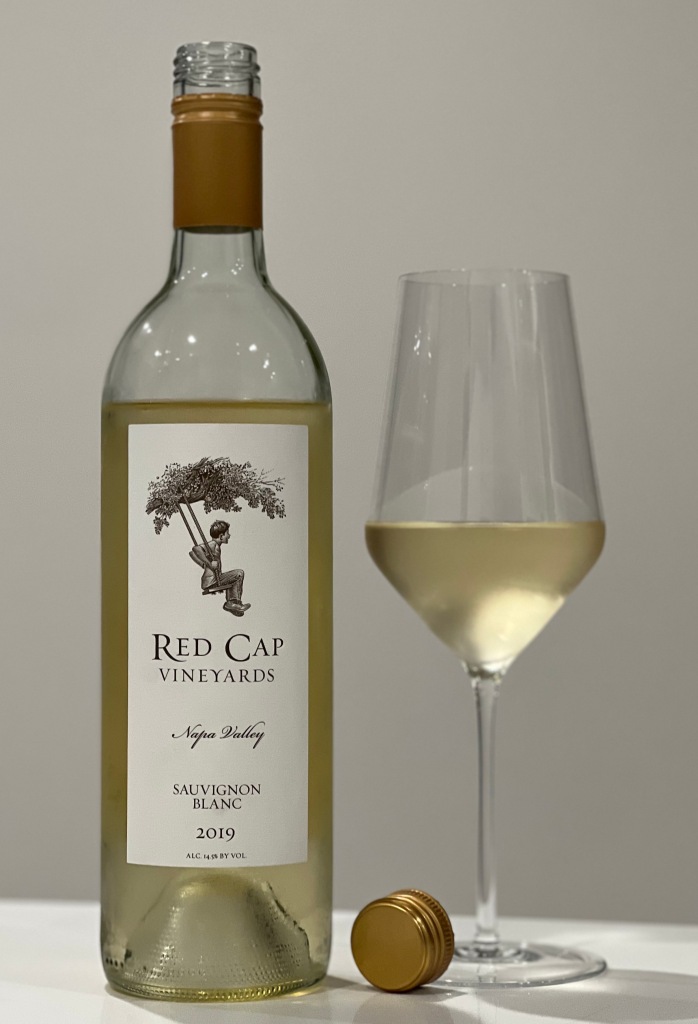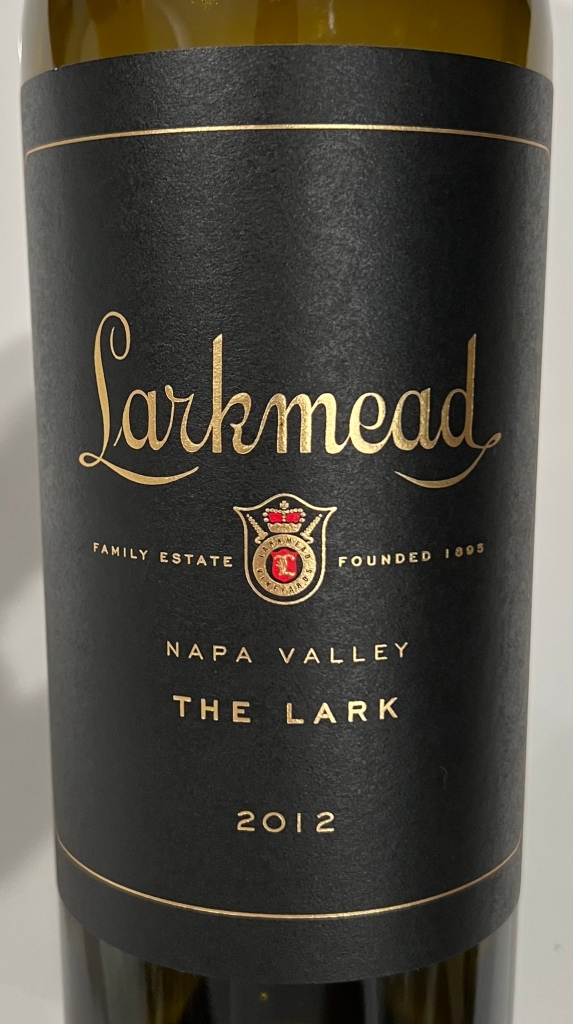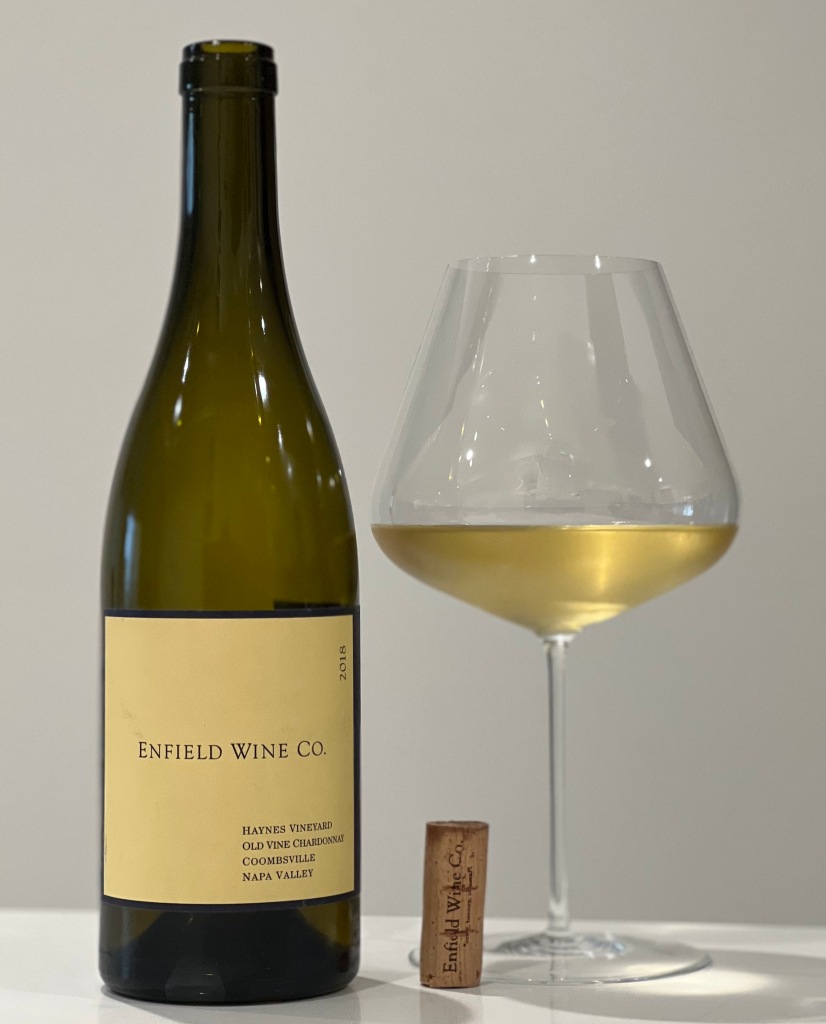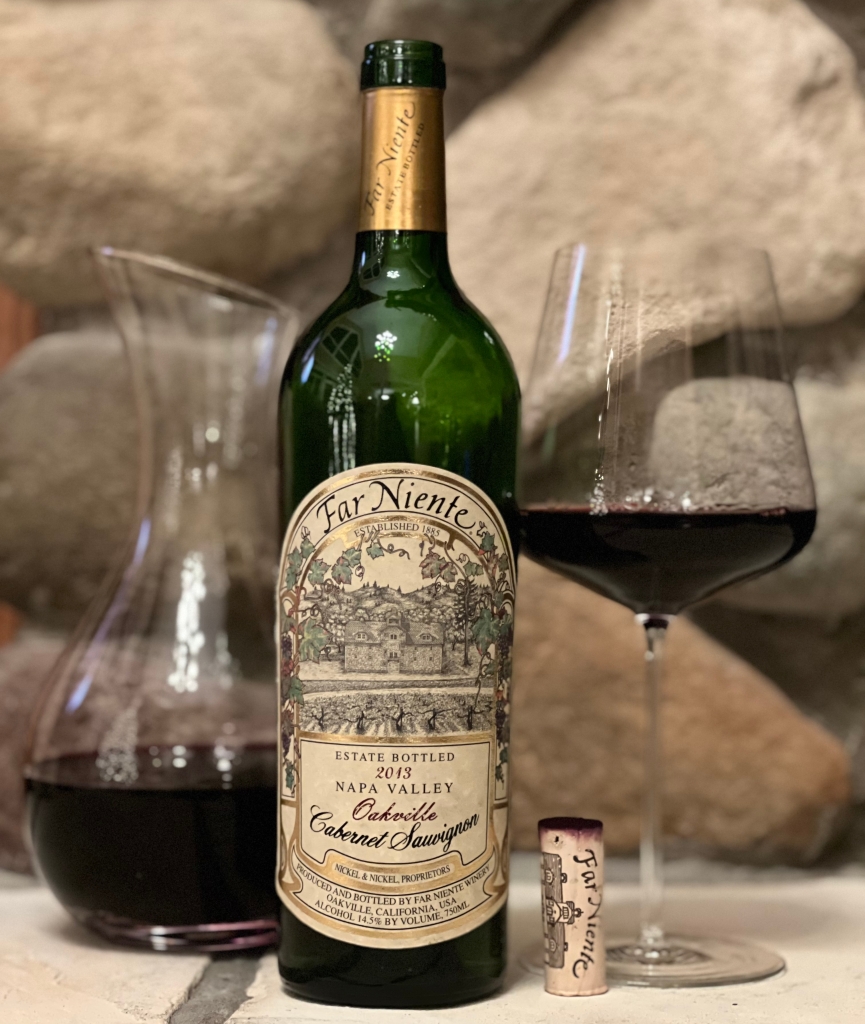
Today’s Story: Blankiet Estate
Blankiet’s roots start with Claude and Katherine Blankiet, a couple who spent years searching for land conducive to grape growing on the western foothills of the Mayacamas Mountains. Finally, in early 1996, an agent working with the Blankiet family showed them an undeveloped property above the famous Napanook vineyard (and Dominus Estate) and they purchased the land on sight. From the onset of their search, Claude and Katherine desired to create world-class, high-quality, and small production Bordeaux style wines and then, with ownership of the land, set right to work. During development of the vineyards, the Blankiet family brought in famed viticulturist David Abreu and winemaker Helen Turley for their expertise. The terroir of Blankiet consists of three volcanic knolls with alluvial deposits between them, thanks to water flowing down from the mountains. The vineyards are broken into four sections, each with a unique subsoil and microclimate, and they planted root stocks from First Growth Bordeaux estates to get the ball rolling. Today, they produce 5 wines from the Bordeaux varieties of Cabernet Sauvignon, Merlot, Cabernet Franc, and Petit Verdot.
Blankiet farms their vineyards utilizing organic methods (they are Napa Green Certified) and their position on the hillsides in depleted soils requires a great deal of manual work but results in intensely flavored fruit. During the winter, Blankiet Spur prunes their vines and later thin out buds, flowers, leaves, and grape clusters throughout the spring and summer to reduce yields and enhance the wines’ concentration. During harvest, Blankiet completes up to 32 “mini-harvests” thanks to their array of soils and microclimates between and amongst the four varieties they grow. Though the estate examines sugar levels, acidity, and pH to help in their picking assessments, most of the fruit is harvested by taste tests of the berries and any deemed ready are de-leafed and trimmed of damaged clusters that afternoon. Harvest begins at 4am the following morning so workers can pick fruit in cooler temperatures and avoid the 50+ degree temperature swings common in Blankiet’s vineyards from day to night, as well as fruit flies that are inactive at night. All fruit is carried to the winery in small baskets before being destemmed by a gentle machine and sorted by two state-of-the-art optical sorters. A few employees manually check and sort the fruit at the end of the process. After sorting, Blankiet adds carbon dioxide ice which maintains the fruit at a cold temperature while displacing oxygen and this is then gravity loaded into small fermentation tanks to begin cold maceration.
During the actual winemaking process, each pick is fermented separately and cold maceration lasts generally a week which allows enzymes to soften the fruit’s cellular structure but inhibit alcoholic fermentation due to the temperature. Once cold maceration is complete, Blankiet slowly warms the temperature of the fruit mass so alcoholic fermentation can begin and they closely monitor temperatures to help the yeasts thrive. The winemaking team checks each tank two times each day, with pump-overs a result according to taste. When the wines are ready for malolactic fermentation, they are moved to new French oak barrels in a warm cave for several months until they are ultimately moved into the cold aging caves where they call home for the next couple of years. Unlike many wineries today, Blankiet steers clear of adding sulphur dioxide (SO2) to their wine barrels when natural evaporation eventually takes place, instead refilling this open space with more wine. When the wine is ready to be bottled, it is done so on-site without fining or filtration.
For further reading, I previously reviewed the 2014 Blankiet Estate Paradise Hills Vineyard, 2016 Prince of Hearts Rosé, and 2014 Rive Droite. The background/history is the same, but the tasting notes may be interesting to you. The Blankiet Estate website is also very informative, with great pictures too.

Today’s Wine: 2011 Proprietary Red
81% Cabernet Sauvignon, 17% Merlot, 2% Cabernet Franc and Petit Verdot; 14% ABV
The 2011 Proprietary Red is medium to deep ruby in color. I decanted this for an hour and drank it over the following two hours. The aromas are of pronounced intensity, with the nose showcasing notes of blackberry, blueberry, red plum, redcurrant, orange rind, rose petal, licorice, leather, gravel, menthol, green olive, charred green herbs, vanilla, nutmeg, cinnamon, and toasted oak (of which I can tell is of very high quality). Meanwhile the flavors are also of pronounced intensity, with the palate offering notes of blueberry, blackberry, redcurrant, black cherry, licorice, violet, pipe tobacco, tilled earth, green pepper, savory garden herbs, cocoa, cinnamon, vanilla, and cedar. This dry red is medium- to full-bodied with medium (+) acidity, medium (+) but super velvety tannins, high alcohol, and a medium (+) length finish. Very good quality here, and the wine is rather youthful and fairly robust given the vintage conditions.
Price: $200 (but I found it for $130). I like this wine a lot at the $130 mark which seems fairly accessible in the secondary market. I’m a huge fan of well-made 2011s because they are often more “Bordeaux-like,” and this bottling from Blankiet offers exceptional balance with great intensity and complexity.
If this wine seems like something you might enjoy, you may find this link helpful in locating it.

